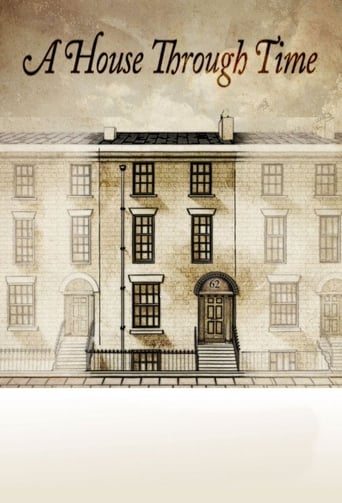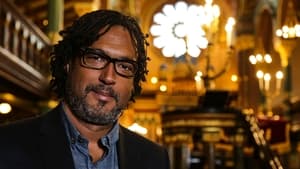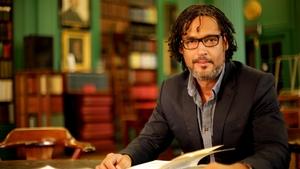
Watch A House Through Time (2018) Online!
David Olusoga tells the story of those who lived in one house, from the time it was built until now. Searching through city archives, scouring records, and tracking down their living descendants, presenter David Olusoga tells the untold stories of the people who once lived in the house and gains a unique insight into the making of modern Britain.
-

Episode 1 - Episode 1
Release Date: 2018-01-04In the first episode of this series, David follows the stories of the first inhabitants of the house, those who lived there in the 1840s and 1850s. In a remarkable piece of historical detective work David discovers how the house came to be built as a merchant's residence by a canny property developer at a time when Liverpool was one of the great trading ports of the British Empire. He then uncovers the story of the very first tenant, a customs clerk with a taste for fine furniture and the high life, and explores what happened to his lavish lifestyle when the money dried up.
-

Episode 2 - Episode 2
Release Date: 2018-01-11David uncovers the extraordinary stories of a woman widowed in a cholera epidemic who turns the house from a single dwelling into a boarding house. He follows the trail of an ambitious Jewish immigrant from Denmark, struggling to stay afloat in the midst of a global financial crisis, and then sees what happens to a wheeler-dealer whose job is to enable hundreds of people to make new lives in America. David also traces the extraordinary story of the Robinsons - a seemingly successful couple in the watchmaking business. For them, the house is the backdrop to a family drama involving violence, infidelity and a tangle with the divorce courts. The story ends on the banks of the River Mersey, where an unidentified body dragged from the water has surprising connections to the house.
-

Episode 3 - Episode 3
Release Date: 2018-01-18Historian David Olusoga follows the story of the house in Liverpool from 1891 to 1945, a turbulent 50-year period encompassing two World Wars and the Great Depression. He tracks the story of the Snewings, a large family of saddlers who live in the house for over four decades, and follows their business through challenging times - death in the family, cut-throat competition, the First World War and the age of the motorcar. On the Snewings' death, the Great Depression takes hold and Liverpool's inner city housing begins to decline. David sees the house become a shabby lodging house rented out to low income tenants. Amongs the multiple residents who share the house at the start of the Second World War he discovers Jack Greenall - a docker keeping a secret from his employers - who works in one of the city's most dangerous environments during the height of the Liverpool Blitz. Finally, David uncovers the poignant story of Robert and Sarah Ann Duffy. Robert, son of a lowly cotton porter, is born in the slums; his wife Sarah Ann, has had an unhappy childhood with her abusive mother. But the two meet and marry, and carve out a successful career in the tailoring business, eventually transcending the tragic circumstances of their pasts.
-

Episode 4 - Episode 4
Release Date: 2018-01-25In the final episode of the series, historian David Olusoga traces the history of the house in Liverpool from 1945 to the present day. He finds that these are challenging times for the city, when poverty and dereliction are widespread and the neighbourhood struggles with record unemployment. David begins his search at the year 1945, when Liverpool's multicultural community is recovering from the war and housing is in short supply. He meets the son of a young pair of newlyweds called the Quayles, setting up their first home in the attic during the postwar austerity years. David then tracks the rapid decline of the house in the mid-20th century and meets one of a family of seven who lived in two rooms in the house without the most basic facilities. He then sees how the house was abandoned and narrowly escaped the wrecking ball by a strange twist of fate. David then pieces together the evidence to discover what happened to the house during the 1970s, when the house is apparently abandoned, only to be rescued by an enterprising group of local activists and converted into a new home for creative people. These include a successful playwright and a young restaurateur who was part of the Liverpool gay scene at the height of the HIV/AIDS crisis. He then sees how the house, after decades as a boarding house and a shabby set of rooms-for-rent, is restored to its former glory as a single home, and reveals its colourful history to the current owner.
